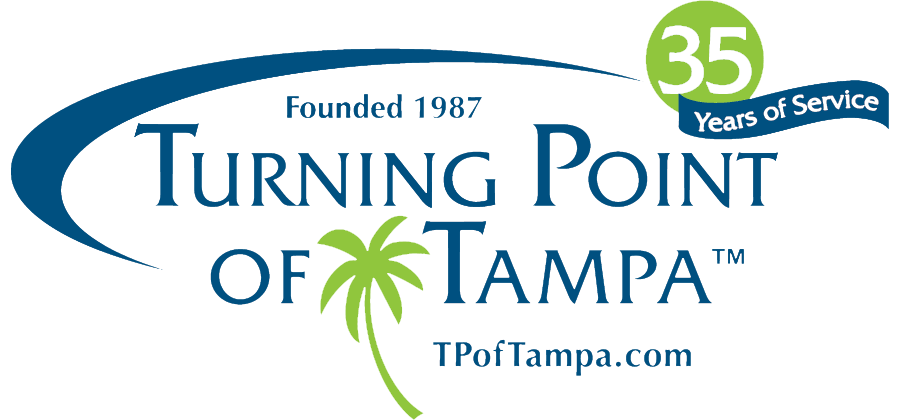Burnout for health care professionals is at a record high, according to a new report released by the prestigious National Academy of Medicine. The extensive report, entitled Taking Action Against Clinician Burnout: A Systems Approach to Supporting Professional Well-Being estimates “between 35 percent and 54 percent of U.S. nurses and physicians have substantial symptoms of burnout.” Findings estimated the burnout rate for medical students and residents to be between 45 percent and 60 percent.
The study found burnout was prevalent across “all clinical disciplines and across care settings,” contributing to higher risks to patients, as well as increased risk of physical or mental issues for the clinicians themselves. The report also identified increased malpractice claims and higher rates of absenteeism and turnover among affected employees as a result of burnout.
A recent Washington Post article by William Wan warns the current health-care system is creating doctors and nurses who are “error-prone, apathetic toward patients and at times trying to blunt their own pain with alcohol or even suicide attempts.”
In May of this year, NPR reported the World Health Organization (WHO) has now classified burnout “linked to chronic stress at work” as a clinical syndrome. The report adds that doctors experience burnout at about twice the rate as other high-stress professions.
WHO’s International Classification of Diseases (ICD-11) states the following symptoms may indicate occupational burnout:
- Feelings of energy depletion or exhaustion
- Increased mental distance from one’s job, or feelings of negativism or cynicism related to one’s job
- Reduced professional efficacy
Impact of burnout on patients
A meta-analysis of 47 studies included more than 40,000 physicians and found those reporting burnout symptoms had “double the chance for a patient-safety incident.” The study, published in The American Journal of Managed Care, also found burnout affected a physician’s ability to “connect with patients on a personal level.”
Research published in the Annals of Surgery found almost 9 percent of the surgeons they studied were concerned they had recently made a “major medical error.” The majority of those surgeons also reported concurrent symptoms of burnout, including emotional exhaustion and feelings of depersonalization, as well as symptoms of depression.
Authors of the article, Nurse staffing, burnout, and health care–associated infection, found nurse burnout to be “significantly associated” with higher rates of patient urinary tract infections and of surgical site infections.
Impact of burnout on health care professionals
Burnout can also be deadly for health care professionals. Studies have linked burnout to detachment, depression, higher rates of substance use disorder and higher rates of suicide for doctors, nurses and other health professionals. For those working the night shift, the risk is even greater. A study by the University of Exeter found medical staff working hours other than the usual 9 to 5 were 33 percent more likely to have burnout and depression.
A national study of male and female nurse suicide, published in the Archives of Psychiatric Nursing, concluded nurses suffering from burnout and depression are at a significantly higher risk for suicide compared to non-nurses.
Connection between burnout and substance use
Multiple studies have found a significantly higher risk of alcohol use disorder, as well as a much greater risk of suicide in physicians suffering burnout, as compared to the general population. One such study published in JAMA, Prevalence of Alcohol Use Disorders Among American Surgeons, found male surgeons were 13.9% more likely to develop an alcohol use disorder, while female surgeons were 25.6% more likely. Researchers attributed these increased risks to higher levels of burnout and depression.
Another study published in JAMA concluded the highest levels of physician burnout occurred in the specialties of family medicine, general internal medicine and emergency medicine. For the physicians studied, burnout was linked to “broken relationships, problematic alcohol use, and suicidal ideation.”
Causes of burnout
The National Academy of Medicine report linked causes of burnout to “unmanageable workloads, inadequate technology, and a lack of social support.” They also cited “inadequate staffing, interruptions, moral distress, and patient factors” as contributing to burnout.
As part of their annual Physician Lifestyle Report, Medscape asks physicians to rank a list of potential causes of burnout, according to personal significance. For the last five years, the most highly ranked reasons have included:
- too many bureaucratic tasks (e.g., charting, insurance paperwork)
- spending too many hours at work
- increasing computerization of practice (electronic health records (EHRs)
Movement to combat burnout in the healthcare industry
In October 2019, the National Academy of Medicine issued their report, Taking Action Against Clinician Burnout: A Systems Approach to Professional Well-Being. The report suggests and prioritizes steps to lessen clinician and learner (students, trainees) burnout, and improve the well-being of clinicians, learners, and patients. They recognize that burnout causes personal consequences to health care professionals, which may include occupational injury, problematic alcohol use, and the risk of suicide.
The National Academy of Medicine report recommends healthcare organizations create more positive workplace environments, improve education and training, look into technology that can improve healthcare outcomes, lessen the stigma associated with asking for help for burnout and conduct ongoing research into best practices to help their employees.
Burnout can affect any person, in any occupation, and can have devastating results. Fortunately, the serious, sometimes deadly ramifications of chronic workplace stress are receiving greater attention, with many workplaces working diligently to improve working conditions to better protect their employees.
Turning Point of Tampa’s goal is to always provide a safe environment and a solid foundation in 12-Step recovery, in tandem with quality individual therapy and groups. We have been offering Licensed Residential Treatment for Addiction, Eating Disorders and Dual Diagnosis in Tampa since 1987.



